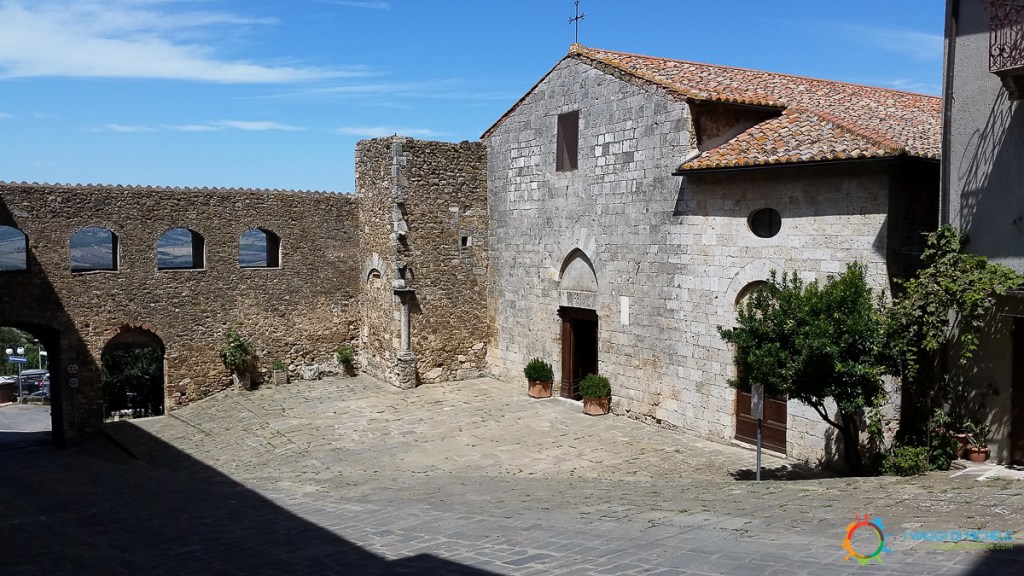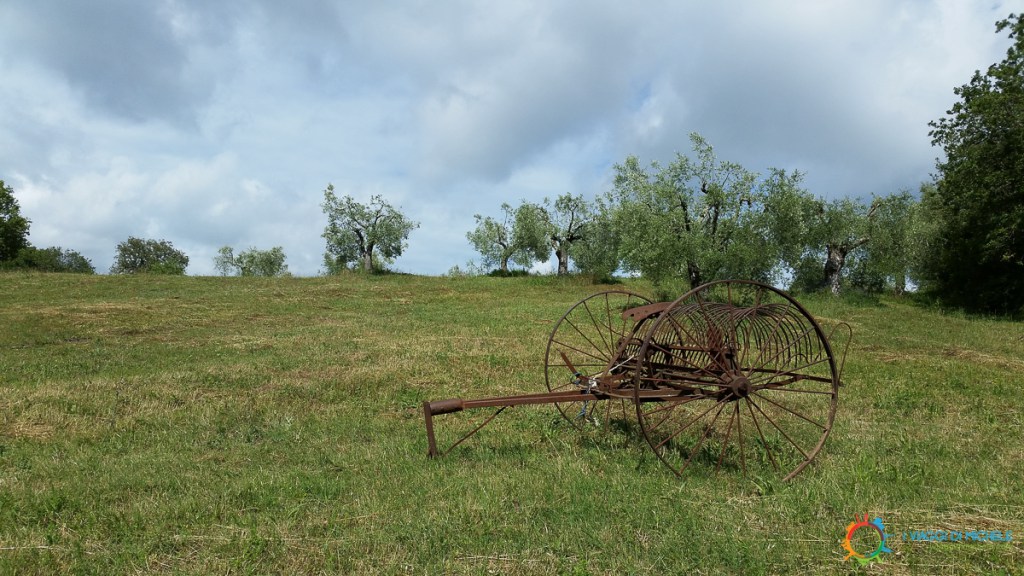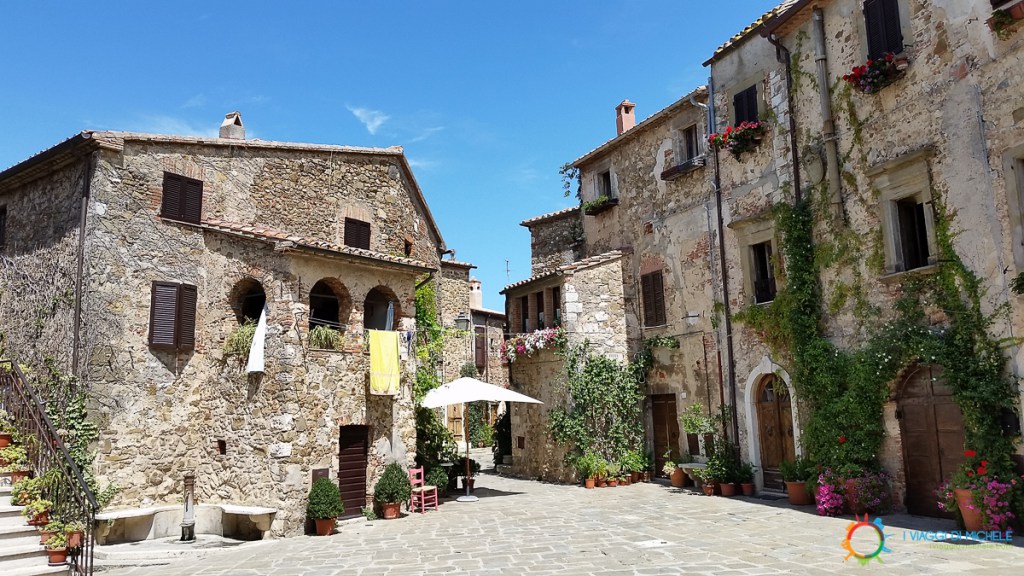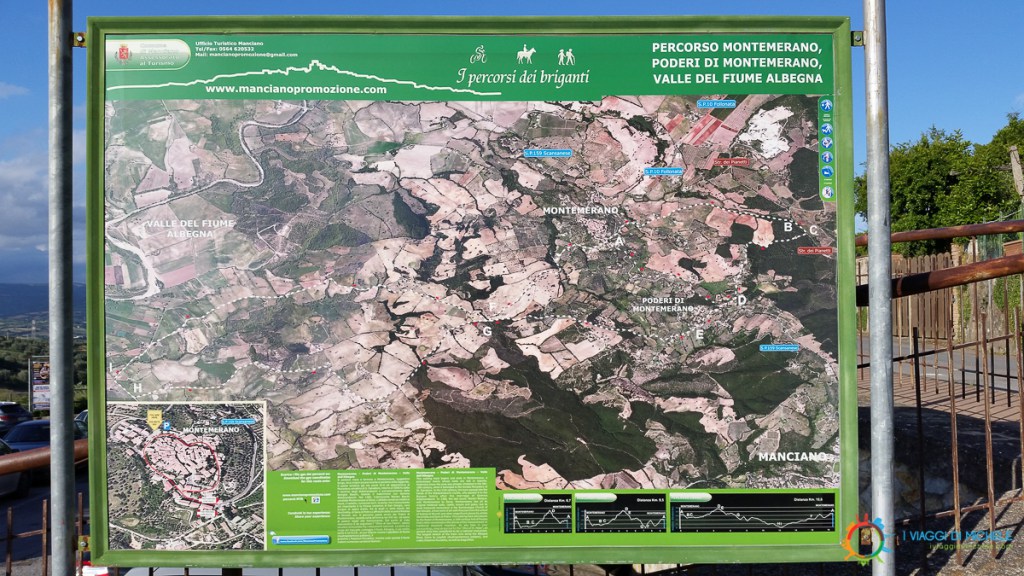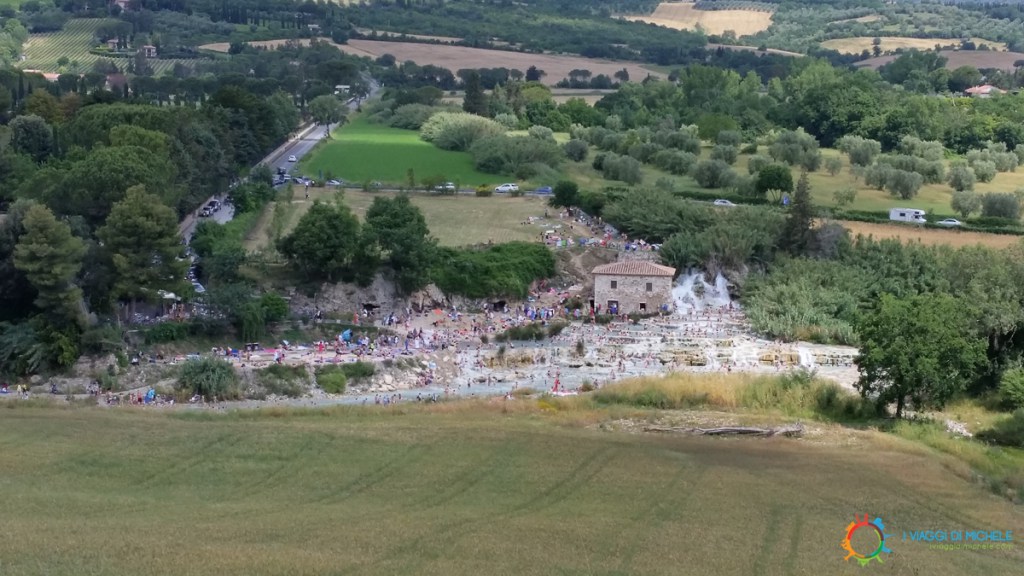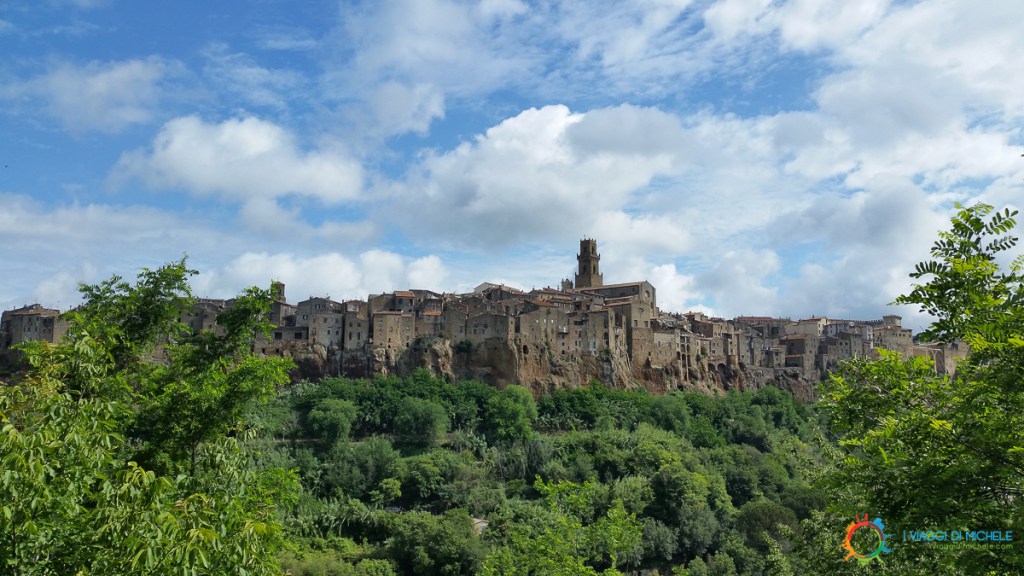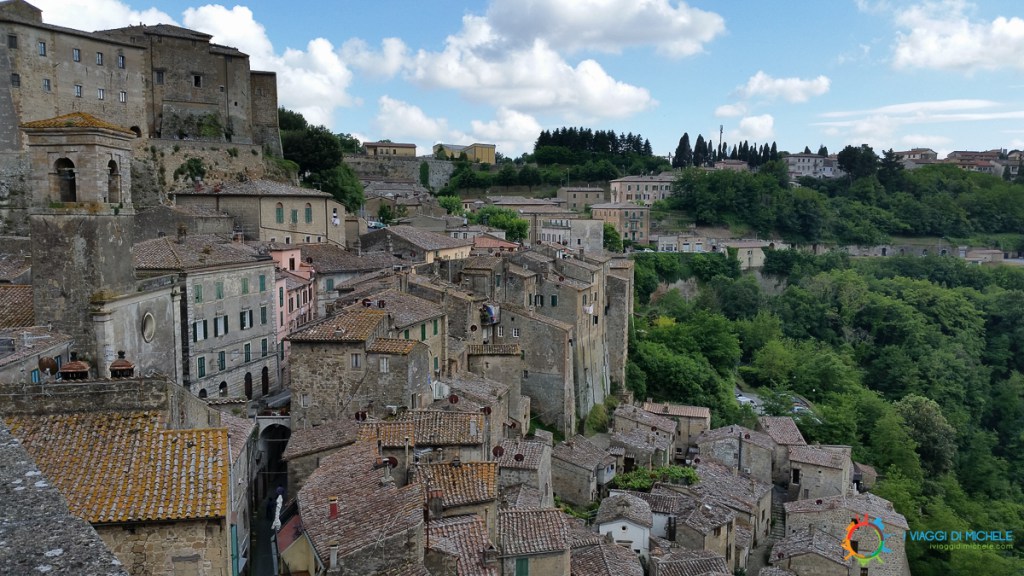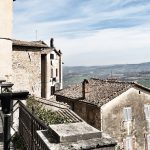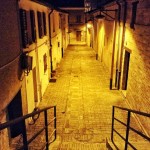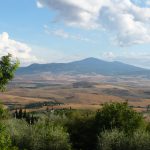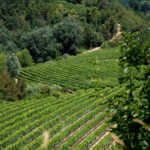Discovering the green heart of Italy
A weekend in Maremma!
Five medieval villages combining relax and sightseeings
by Michele Suraci
Let’s think about Tuscany: the countryside, the pastures, the good food, the excellent wine; or even about the Medieval, Etruscan and Roman history. Now let’s imagine to combine all these elements together in one place. Well, what we will end up with is precisely an amazing weekend in Maremma!
I can’t hide to be very fond of this land where my deep roots lie. When I was a child, I used to spend my summer time in Montemerano, a small historical village between the cities of Manciano and Saturnia. The latter being famous especially for its homonymous roman thermal baths. A great part of my childhood memories is set in these beautiful places, where time seems to stand still. This part of Italy still is as it used to be not too long ago, with its Fiat tractors, the Lambretta scooter and the Ape Piaggio, the trusty helper of many residents.
These areas are perfect if you are willing to relax, perhaps alternating between sunbathing at an agritourism and some treatments at the Saturnia thermal baths. However, they are perfect even if you are looking for a more active and cultural kind of holiday, with all the trails and excavated roads (or Vie Cave) you can find in the Sorano, Sovana and Pitigliano areas, surrounded by nature and the etruscan necropolis.
These are all the reasons why I am glad to write this article to suggest you an itinerary that can’t be missed. The itinerary I pointed out in the map will take you about an afternoon by car to be completed, if you stop in each town just for a quick walk in their centre. However, if you want to do other activities, such as going to the thermal baths, trekking or cycling, you will need at least two or three days.
Montemerano
The historical village of Montemerano, located on the top of a high hill, dates its origin back to XIII century, when it was commissioned by the Aldobrandeschi family. In the following centuries it went under other dominations such as the Baschi of Orvieto and the Republic of Siena, until XVI century, when it was annexed to the Grand Duchy of Tuscany.
Since 2014 Montemerano has been included in the list of the most beautiful historical villages of Italy. It is, no doubts, my favorite place of all time, and possibly also the best place to stay in, with Saturnia and Manciano close by.
In Montemerano you can find some of the best restaurants of the area. Caino, with its worldwide fame, is one of them. When I was a child every Sunday all the local families used to bring a casserole full of meat and veggies to Angela and Carisio, Caino’s owners, before going to the church. After the Mass they would go back to collect your baked lunch so they could eat it at home. Anyway, there are also other great restaurants in Montemerano. I would recommend Il Moro (which opened just a few years ago), Cacio e Vino, La Cascia and Il Nibbio. It is always advisable to book in advance as these places are often packed.
Saturnia
The origin of Saturnia dates back much further than Montemerano’s. The first settlements started appearing in the Bronze Age already. The town was subdued to many dominions, though the first ones were the Romans back in the 280 b.C. The Romans left a few important signs of their dominion such as the town walls and the door which opens on the Via Claudia. Don’t miss this pathway out! The pavement is still the original one from the Roman times, and you can clearly see it as it bears the marks of the heavy traffic of carts and chariots that travelled to and from Rome.
At least one day needs to be dedicated to Saturnia. You can go to the hot springs and enjoy the numerous thermal pools, or take a visit to the Cascate del Gorello (“Gorello’s Waterfalls”), otherwise called Cascate del Mulino, where you can find multiple natural pools which originated from the sulphurous waters.
Pitigliano
The village of Pitigliano is completely perched on the tuff rocks. Its uniqueness is visible right away, at a first glance. Pitigliano is beautiful to visit both in the daytime and nighttime, when the whole village is lit up. The great Medici Aqueduct, also perched on the tuff as the whole village, stands out in plain sight.
The archeological tourism takes over Pitigliano. There are plenty of necropolises, often connected by the Vie Cave. I recommend the Etruscan necropolises of Gradone and San Giovanni.
The village also boasts one of the most important and renowned Jewish communities in Italy, which actually explains why Pitigliano is also nicknamed “Little Jerusalem”. The synagogue in the ghetto area is worth a visit. To this days you can still buy gli sfratti, the typical dessert, and the Kasher wine, produced without yeasts, from the cellars and bakery in the ghetto. The most popular wine is the Bianco di Pitigliano, which really is worth a taste.
Sorano
Just a few kilometres away from Pitigliano there’s Sorano, another village completely perched on the tuff. The history of Sorano is very similar to the history of all the other medieval villages in the area, especially to Pitigliano’s one. It was founded by the Aldobrandeschi family, then it went under the Orsini family, and in the end it was supervised by the Medici family under the Grand Duchy of Tuscany.
Sorano’s alleys are what make this village unique. You can easily imagine how it used to look like in the Medieval times, as not much has changed since then. The Orsini Palace, which hosts the the Medieval and Renaissance Museum and the Masso Leopoldini, the fort built to protect the city walls. From the Masso Leopoldini you can have the best view over Sorano.
If you would like to visit other landmarks of Sorano you can ask for information at the Pro Loco cultural association.
Sovana
On the way back to Montemerano and Saturnia, you can stop-over in the village of Sovana. Here you can admire the Praetorian Palace, the Palazzo degli Archivi and the Aldobrandeschi Fortress, the latter perched on the tuff rocks.
If you are interested in archeological sites you cannot miss the Hildebrand Tomb, a one of a kind Etruscan monumental tomb, a real gem. Nearby you can visit also the Tombs of the Siren, of the Typhoon and of Paola.
This area boasts a wide range of accommodations for all budgets and all tastes, ranging from B&Bs and agritourisms to luxury hotels.
Text and pics by Michele Suraci (I viaggi di Michele)
Visit Siena: helpful hints
Arrivals
The nearest airports to Siena are the Florence airport and the Pisa airport ones. From Florence there are some Trenitalia trains getting to Siena in 1,3 hours (tickets 9,3€); from Pisa by train again – with Trenitalia – it takes almost 2 hours (tickets 10,8€).
Transports
Siena has a small city centre so the best way to move around the city is on foot. Pay attention if you go by bike, because the city is full of climbs! Anyway check the official website for public transports.
What to do
Siena is a small city in Tuscany, in the centre of Italy. The city centre is listed between the UNESCO heritage sites since 1995: don’t miss the unique shell-shaped Piazza del Campo (i.e. filed square), regarded as one of Europe’s greatest medieval squares. Here takes place the famous Palio di Siena, an historical horse race happening twice a year, every July 2nd and August 16th. Support your favourite contrada!


